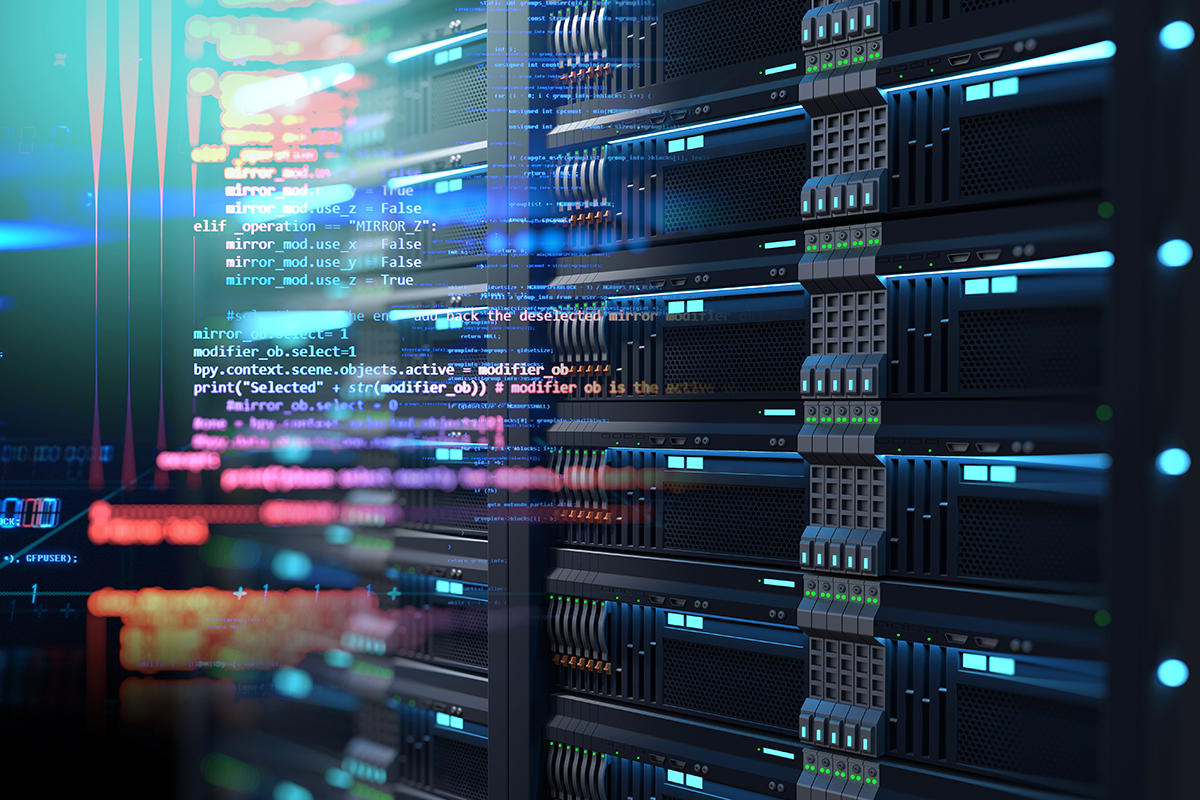As global demand for digital services soars—fueled by cloud computing, streaming, IoT, and generative AI—the backbone of this digital age, data centers, is undergoing a fundamental transformation. At the heart of this change is Artificial Intelligence (AI), reshaping how data centers are designed, built, and operated with a level of efficiency and intelligence never seen before.
What Is AI-Driven Data Center Operations?
AI in data center operations refers to the use of machine learning algorithms, predictive analytics, and intelligent automation to optimize performance, manage energy consumption, reduce downtime, and enhance security. From automating cooling systems to predictive hardware maintenance, AI enables smarter and more resilient infrastructure.
Smarter Design from the Ground Up
AI is increasingly being used in the design phase of data centers to simulate how facilities will perform under different loads, climates, and usage patterns.
- Digital twins: Virtual models of data centers simulate airflow, power usage, and cooling efficiency before construction begins.
- Site selection optimization: AI analyzes factors such as local power grid reliability, fiber access, climate, and regulatory risk to recommend ideal locations.
- Component layout: Algorithms optimize how racks, cables, cooling systems, and power units are arranged for maximum efficiency.
The results are better-designed facilities that reduce construction cost, speed up deployment, and perform optimally from day one. In addition it means reduction in costly planning and cancellationof projects like the Amazon Data Center in Minnesota.
AI-Powered Energy and Cooling Management
Energy efficiency remains a top priority—and AI is leading the charge:
- Dynamic Cooling Optimization: AI monitors temperature and humidity in real time and adjusts fans or liquid cooling systems accordingly.
- Power Usage Effectiveness (PUE) Management: AI systems continually adjust loads and cooling to keep PUE ratios low.
- Renewable Integration: AI helps manage on-site solar or wind energy, predicting usage peaks and shifting workloads accordingly.
Google’s DeepMind reduced energy used for cooling its data centers by up to 40% using AI-based predictions and controls. This was way back in 2016 which is as much as a century ago in AI years. Further advances have no doublt occured to furtehr enhance energy savings.
Predictive Maintenance and Reliability
Downtime in a data center can be extremely costly. AI is revolutionizing maintenance by shifting from reactive to predictive operations:
- Sensor data analysis detects anomalies in power supplies, hard drives, or HVAC systems.
- Failure prediction models alert technicians before components break down.
- Autonomous repair routines (in robotics-enabled centers) are being tested to physically address minor issues without human intervention.
The benefits are reduced outages, lower maintenance costs, and longer hardware life.
AI in Resource Allocation and Load Balancing
AI algorithms distribute workloads across servers, regions, and time zones based on:
- Real-time demand
- Energy costs
- Carbon intensity of local grids
- Hardware performance
This ensures data centers are always performing at peak efficiency while minimizing environmental impact.
Some cloud providers now shift AI workloads between time zones to maximize use of renewable energy.
Enhancing Security with AI
Security threats are growing in scale and complexity. AI provides:
- Real-time threat detection using behavioral analysis and anomaly detection
- Biometric access controls and facial recognition for physical security
- Automated incident response to isolate or shut down compromised servers
Faster, smarter defense mechanisms across both digital and physical layers.
The Rise of Lights-Out Data Centers
As AI capabilities improve, the industry is moving toward “lights-out” data centers—facilities that operate without on-site human presence. These centers are:
- Highly automated
- Remotely monitored and managed
- Built in locations previously considered impractical due to lack of staff or infrastructure
This model reduces operational costs and improves reliability while leveraging AI for continuous learning and adjustment.
Conclusion: The Intelligent Future of Infrastructure
AI is no longer a futuristic idea in data centers—it is already here, revolutionizing how facilities are planned, built, powered, cooled, and secured. For industries that rely on data—from finance to healthcare to construction—the rise of AI-driven data center operations marks a new era of speed, sustainability, and intelligence.

